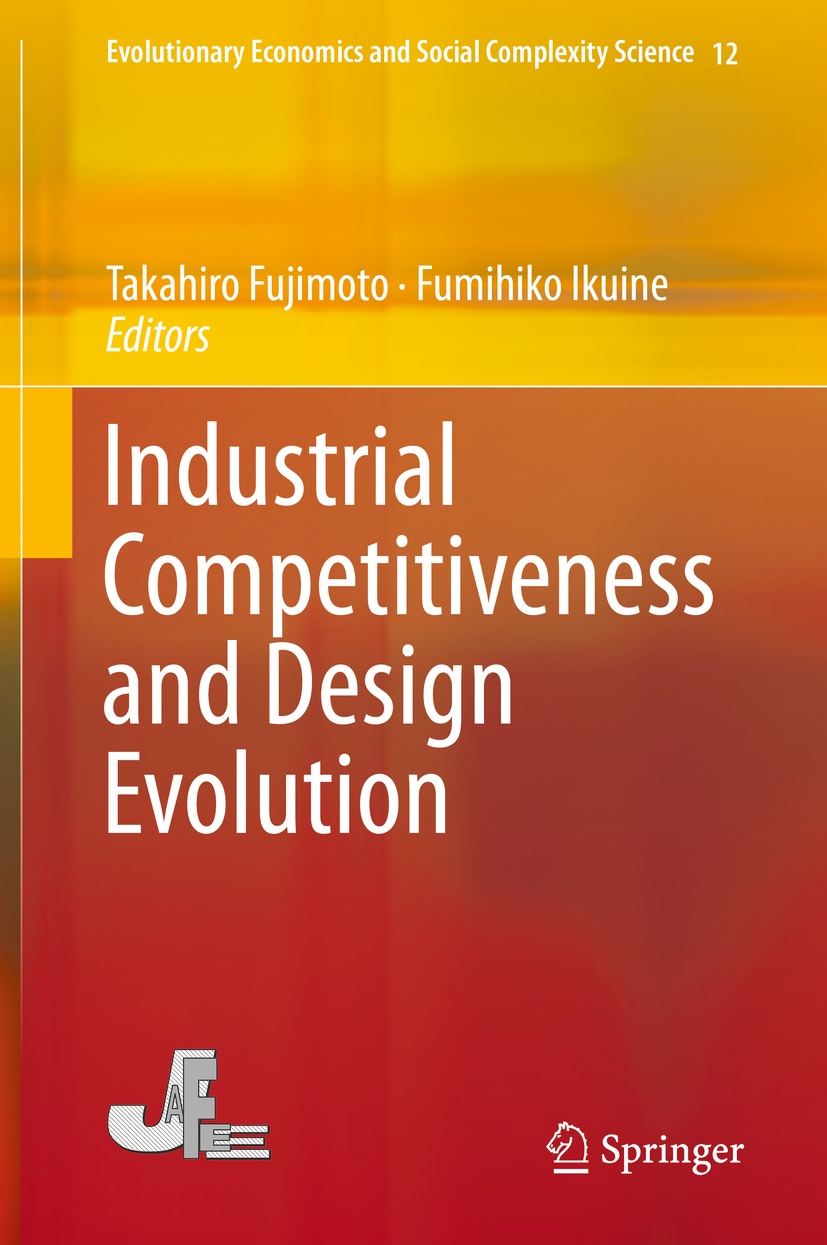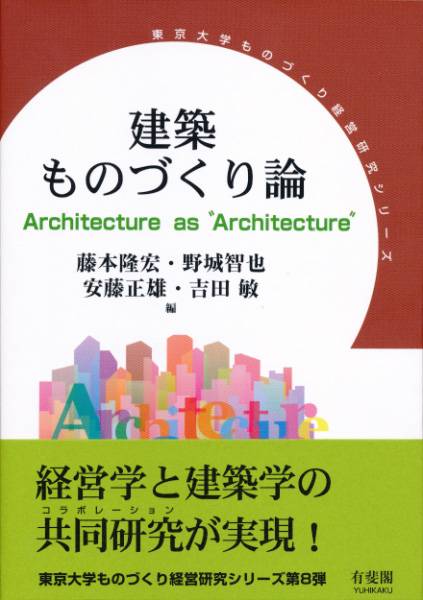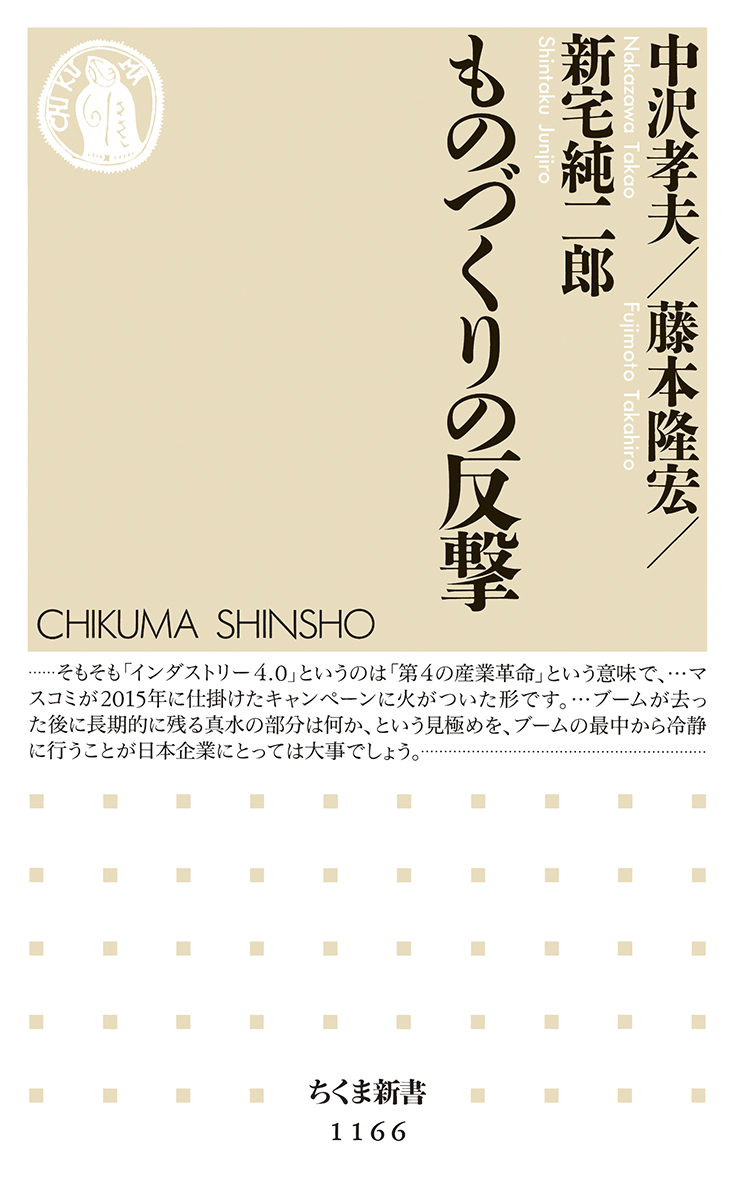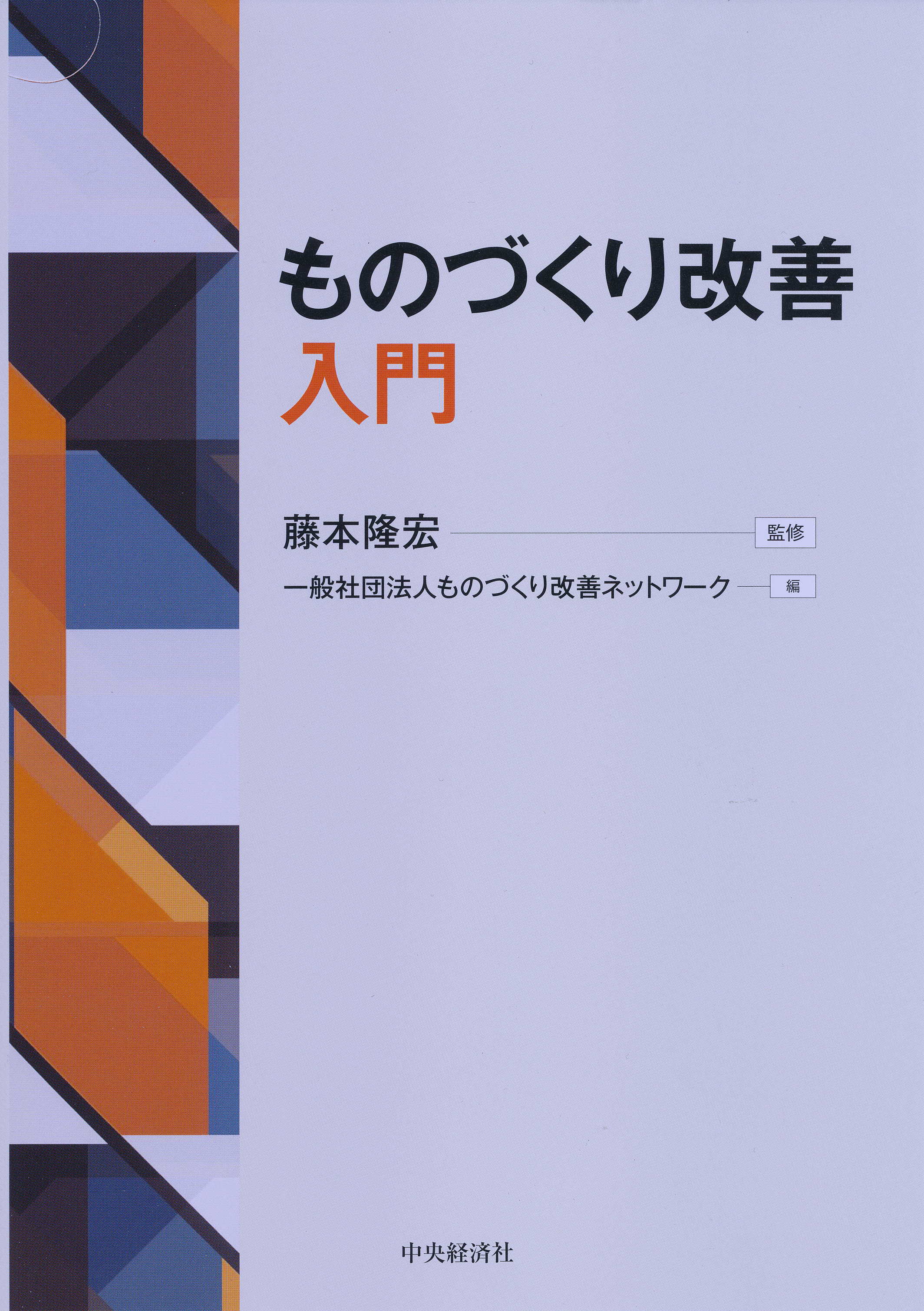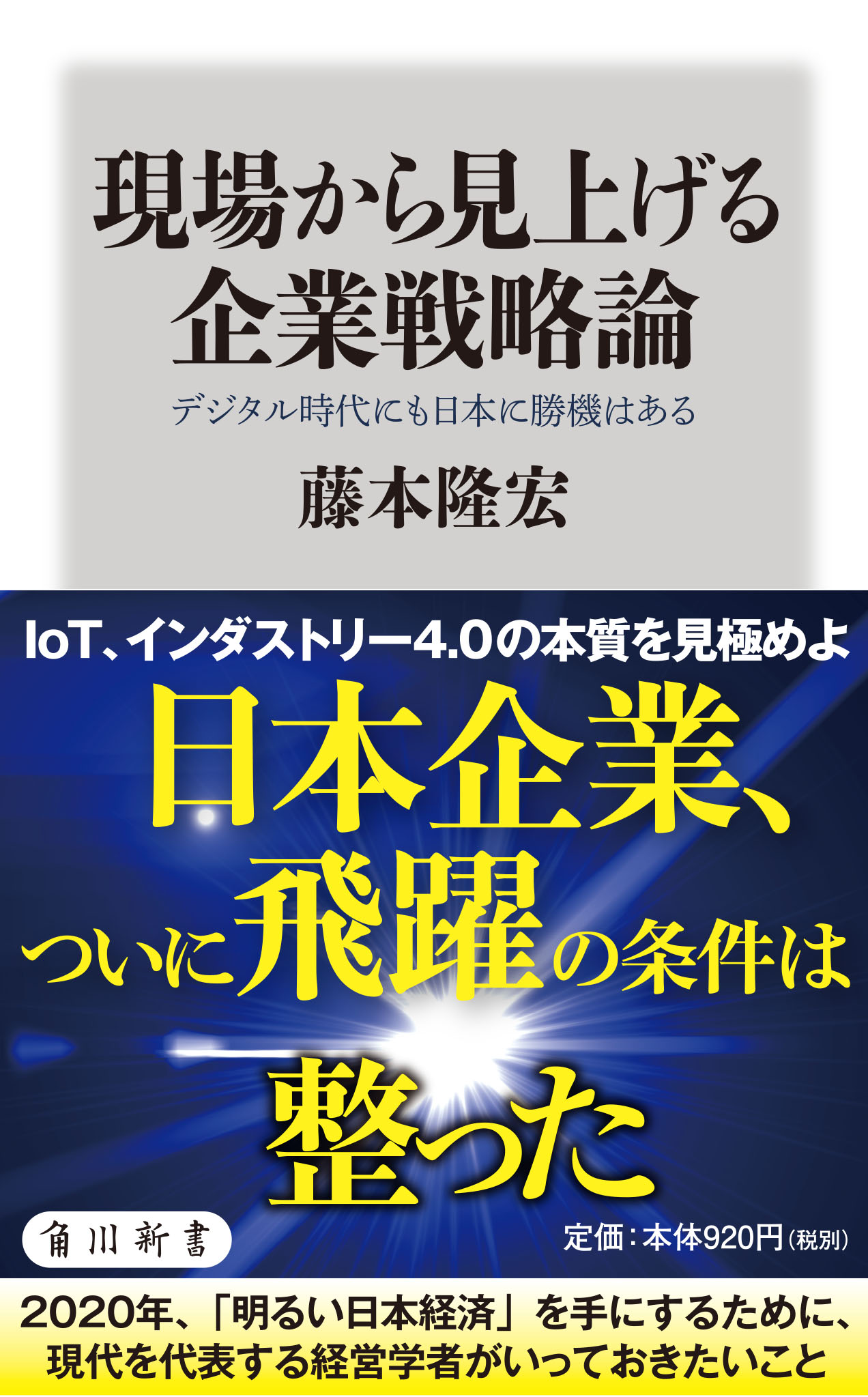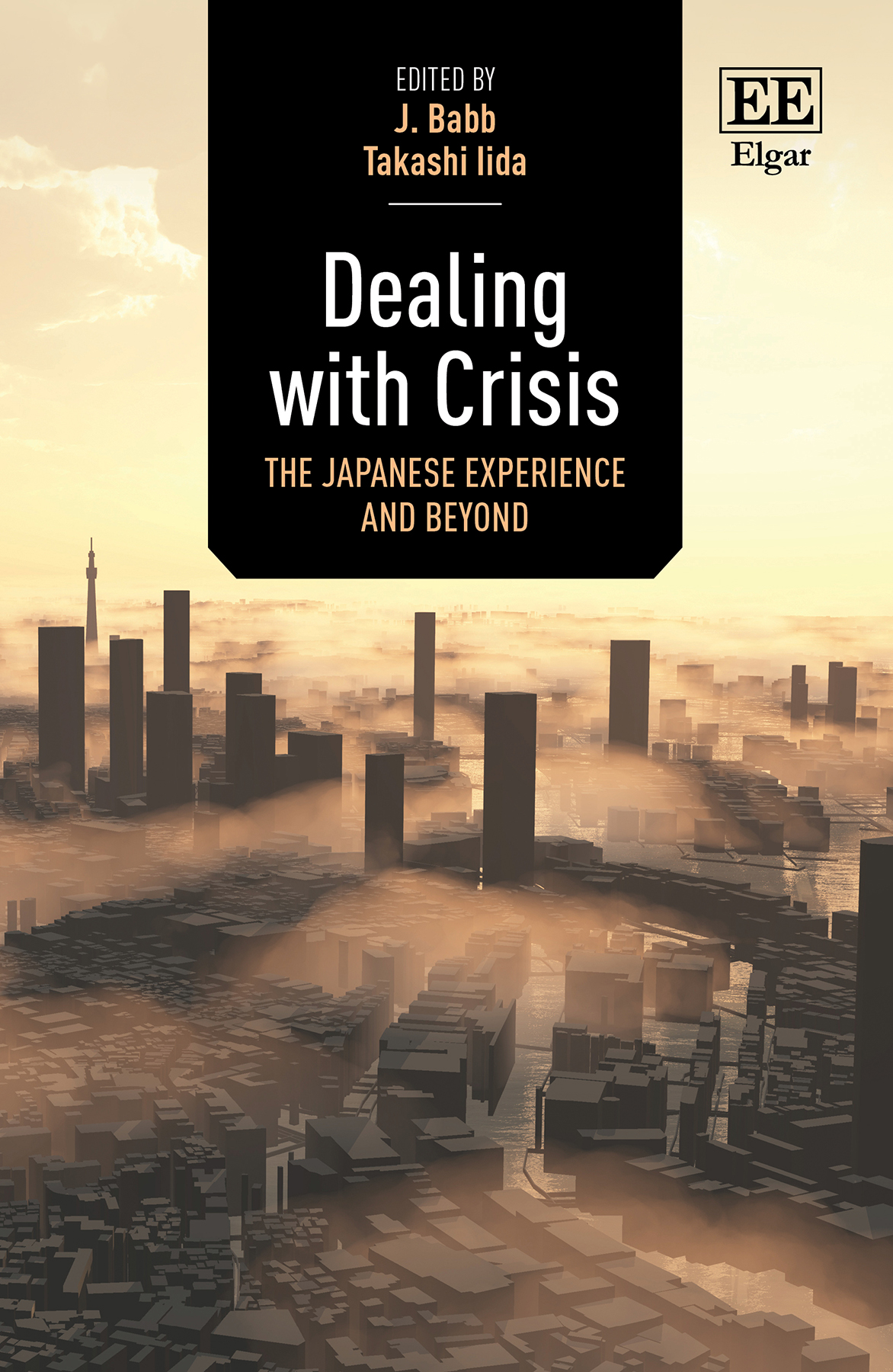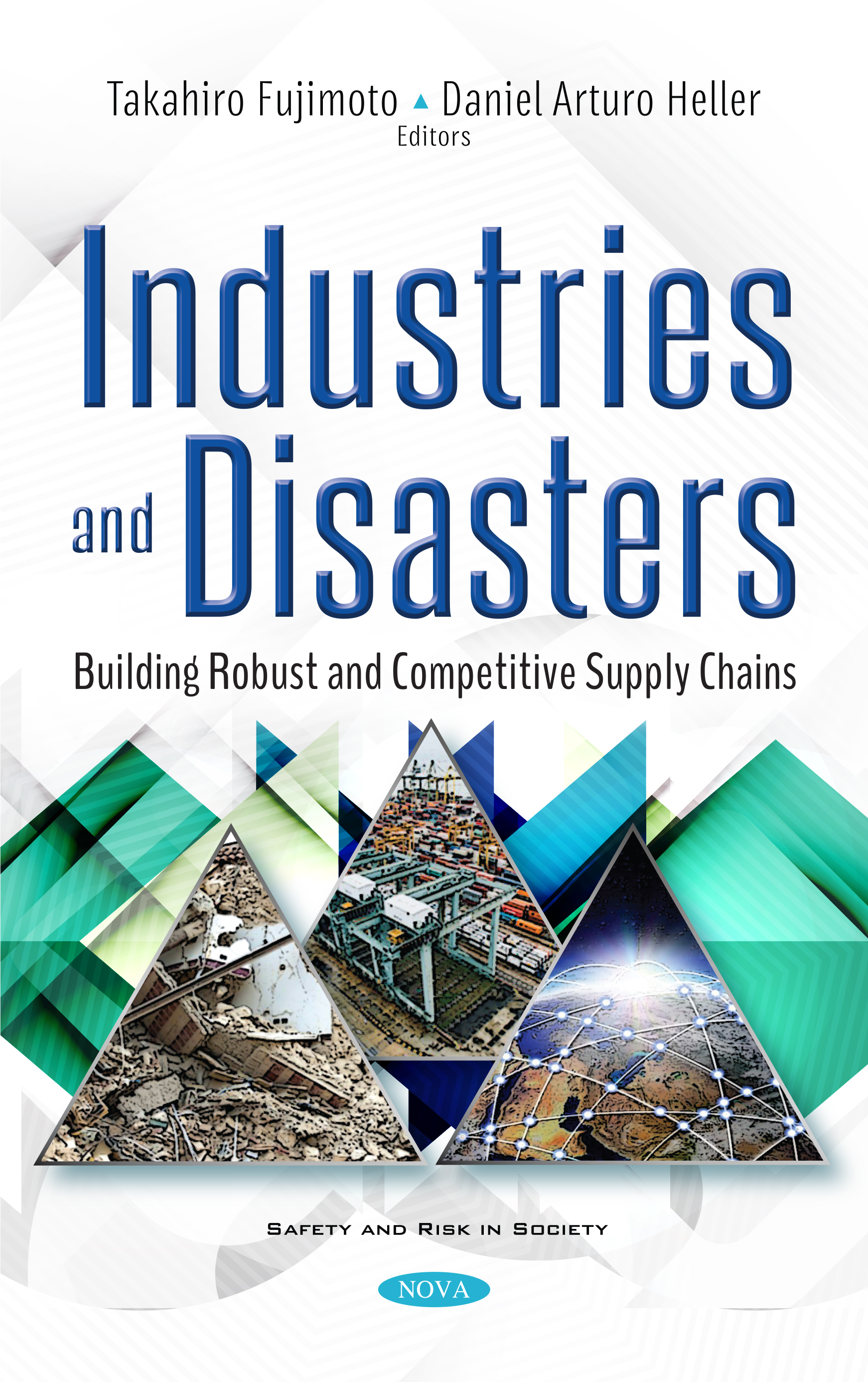
Title
Safety and Risk in Society Industries and Disasters Building Robust and Competitive Supply Chains
Size
332 pages, hardcover
Language
English
Released
December, 2017
ISBN
978-1-53612-905-2
Published by
NOVA Science Publisher
Book Info
See Book Availability at Library
Japanese Page
This book aims to explore the ways industries, under the pressure of global competition, balance sustained industrial competitiveness and robustness against major disasters by building their capabilities and flexibility. It focuses on the impact of disasters on supply chains of manufactured goods.
The book’s main message is that companies have to deal with not only possible disasters, but also the global competition that industrial sites face every day. Robustness and competitiveness can work together if pursued under the principles of continuous improvement (kaizen) and capability building. The empirical case studies in this book were conducted mostly at industrial sites in Japan, which is known as one of the countries most vulnerable to natural disasters, including earthquakes, tsunamis, volcanic eruptions, typhoons, landslides, and flooding. Special attention was paid to the 2011 Great East Japan Earthquake (Tohoku Earthquake) and other earthquakes that occurred during the era of global competition.
Chapter 1 introduces the overall theme of the book: Supply chain robustness and competitiveness can and must be balanced in this age of global competition. Chapter 2 highlights the relative lack of field-based research on supply chain disruptions caused by disasters. This chapter shows how the book complements the existing literature on supply chain management and business continuity planning. Chapter 3 describes the design information flow view of manufacturing, which serves as the main framework undergirding the entire book for identifying the potential weak links in a supply chain, namely, wherever there is information dependence, invisibility, non-substitutability, and non-portability. This chapter describes “virtual dualization” as a novel way for firms to build their capabilities to overcome the tradeoff between supply chain robustness (continuity) and competitiveness, which is typically seen when only conventional countermeasures are employed.
Chapters 4–9 present the case studies. Chapter 4 describes the on-the-spot recovery of Riken Corporation after an earthquake struck the west coast of Japan in 2007. The key here was speedy recovery at the disaster site rather than substitutive production. Chapter 5 analyzes substitutive production after a disaster, with specific reference to the Aisin Seiki fire in 1997, where many different companies quickly stepped in and temporarily produced a vast amount of automotive brake parts that could no longer be supplied by a plant severely damaged by fire. Chapter 6 presents a case in which Epson Atmix responded to the Tohoku Earthquake in 2011, including the 6-week recovery of its damaged production site of fine metal powder. Chapter 7 illustrates how Honda and its suppliers responded to the severe flooding in Thailand in 2011. Chapters 8 and 9 take an in-depth look at Toyota’s current disaster-response capabilities and how they have evolved in the face of numerous natural and man-made disasters in Japan’s supply chain over the past 40 years. They also discussed the inter-industry support team for the recovery of a major semiconductor producer that was severely damaged by the 2011 Tohoku Earthquake.
Chapter 10 summarizes the findings and provides practical implications. Virtual dualization is explained again as a means of achieving both supply chain robustness and competitiveness for complex products that require intense coordination in their design and production.
(Written by FUJIMOTO Takahiro, Professor Emeritus, Graduate School of Economics / 2024)
Table of Contents
Chapter 1 Introduction: Balancing Competitiveness and Robustness
Takahiro Fujimoto
Chapter 2 Literature Survey
Young Won Park, Paul Hong and Takahiro Fujimoto
Chapter 3 Key Concepts for Improving Supply Chain Robustness
Takahiro Fujimoto
Chapter 4 Lessons for On-the-Spot Recovery: Riken and the 2007 Chuetsu Offshore Earthquake
Daniel Arturo Heller
Chapter 5 The Toyota Group and the Aisin Seiki Fire
Toshihiro Nishiguchi and Alexandre Beaudet
Chapter 6 Building New Factories for Higher Resilience: The Case of EPSON ATMX
Yuichiro Mukai and Young Won Park
Chapter 7 Recovery from a Crisis Overseas: The Case of Honda after the Flood Crisis in Thailand
Kenichiro Nakayama
Chapter 8 The Evolution of Disaster-Response Capabilities: The Case of Toyota
Takahiro Fujimoto, Yumi Kato and Shumpei Iwao
Chapter 9 Strengthening Purchasing and Supply Chain Management at Toyota: A Lecture by Hiroaki Koda
Takahiro Fujimoto, Mihail Marinov, Yumi Kato and Shumpei lwao
Chapter 10 Conclusion and Practical Implications
Takahiro Fujimoto



 Find a book
Find a book


 eBook
eBook
